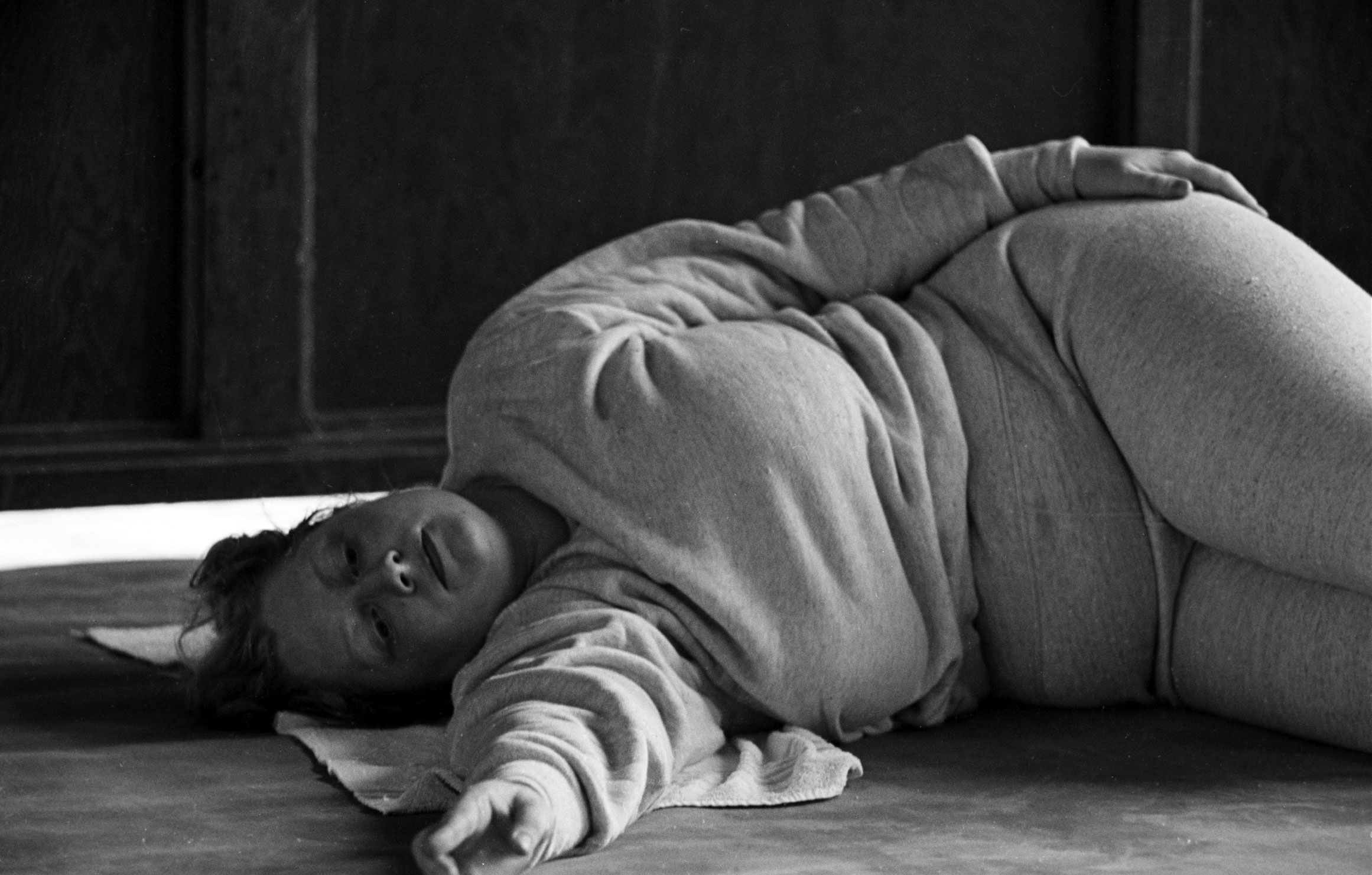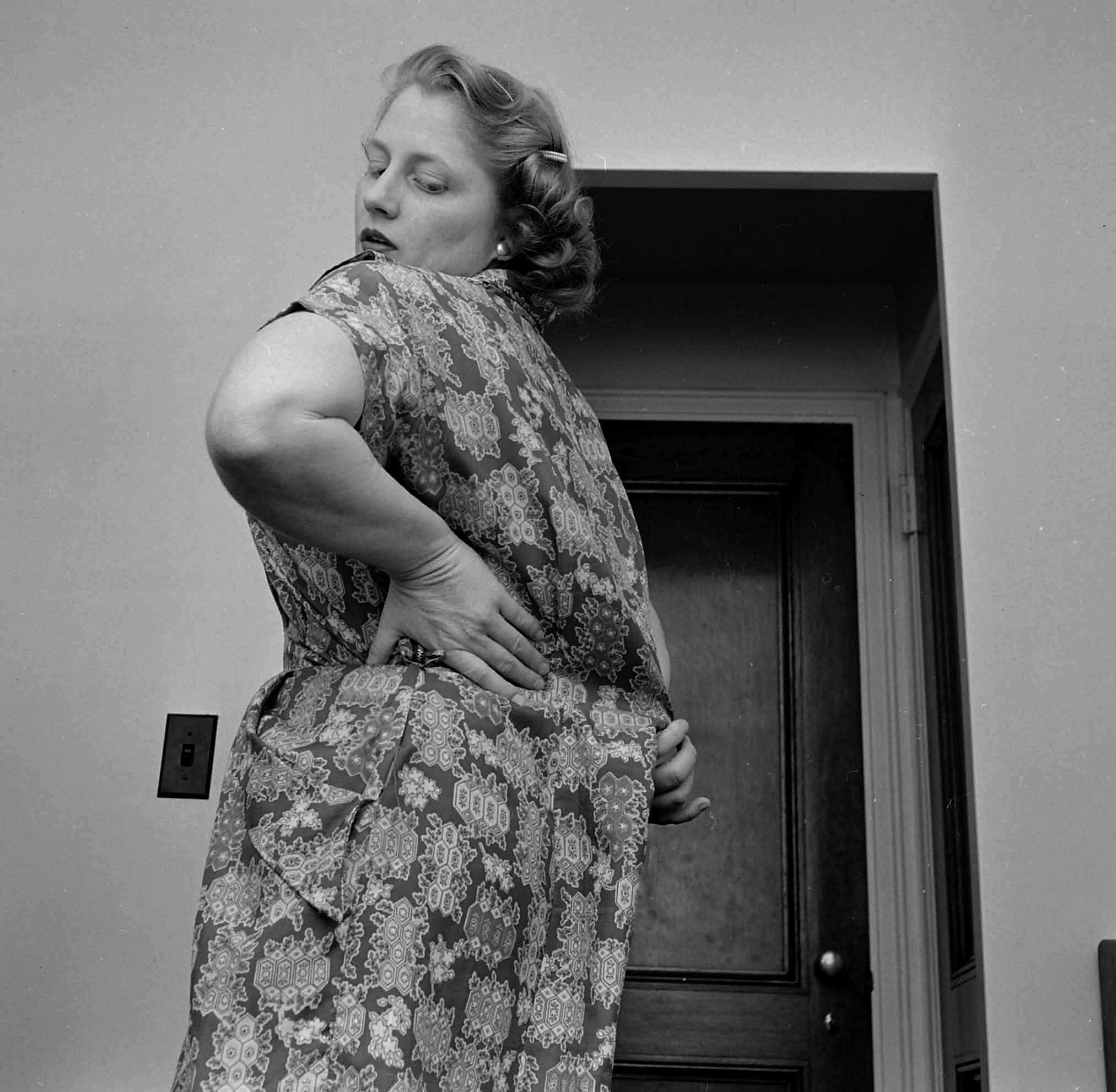![111569100.jpg Bulging at beach in 1949, 197-pound Dorothy [Bradley] self-consciously leaves locker room for swim. She covered up embarrassment by being jolly and gregarious](https://api.time.com/wp-content/uploads/2013/03/150129-obesity-01.jpg?quality=85&w=2400)
“The most serious health problem in the U.S. today is obesity.” Sounds familiar, doesn’t it? In fact, that very assertion is now so commonplace that one might be forgiven for assuming it’s the most recent pronouncement from the Centers for Disease Control and Prevention, or the American Medical Association, or the Academy of Pediatrics or, perhaps, from Maria Kang. What’s more, the declaration is unquestionably true, as the dire medical, financial and societal ramifications of America’s obesity epidemic grow ever clearer — and more frightening.
But that pronouncement about obesity’s primacy in the hierarchy of national health problems is not new. In fact, it’s the opening line to a remarkable article published 60 years ago in LIFE magazine. Here, as the national dialog around the obesity crisis in the United States grows more urgent, LIFE.com presents pictures — many of which never ran in the magazine — made by photographer Martha Holmes to illustrate a March 1954 article titled (perhaps offensively to the modern ear), “The Plague of Overweight.”
“Some five million Americans,” LIFE wrote, “medically considered ‘obese,’ weigh at least 20% more than normal and, as a result, have a mortality rate one-and-a-half times higher than their neighbors. . . . Another 20 million Americans are classed by doctors and insurance men as overweight (10% above normal) and are drastically prone to diabetes, gallstones, hernia, kidney and bladder impairments and complications during surgery and pregnancy.”
[MORE: See all of TIME.com’s coverage of obesity.]
The numbers cited by LIFE — numbers, it’s worth noting, that were the result of research significantly different than that cited in reports and peer-reviewed papers today — have ballooned to even more appalling proportions: according to a 2013 CDC report, “more than a third of U.S. adults (35.7%) and approximately 17% (or 12.5 million) of children and adolescents aged 2 – 19 years are obese.”
But perhaps the most astonishing and troubling statistic about obesity in the U.S. relates to the speed with which this affliction has taken hold: for example, in 2010 (again according to the CDC), “there were 12 states with an obesity prevalence of 30%. In 2000, no state had an obesity prevalence of 30% or more.”
(There have been some glimmers of hope in this bleak litany. For example, a February 2014 report by the CDC found that the obesity rate in children 2 to 5 dropped 40 percent over an eight-year period, from close to 14 percent in 2004 to just over 8 percent in 2012.)
Try to imagine the toll that obesity will have on the health of those men, women and children, and on the nation’s economy as a whole. How much more will all of us pay for insurance every year because of this epidemic? How much economic productivity will be lost due to illness, injuries, emergency room visits, hospitalizations and other collateral damage from the immediate and long-term ravages of obesity?
The LIFE article, meanwhile, focused at least in part on one woman, Dorothy Bradley, whose struggles with overeating and body-image issues were familiar, and remain familiar, to countless American men and women.
“When she finished high school in Tyner, Tenn., in 1940,” LIFE told its readers, “5-foot 5-inch Dorothy Bradley weighed 205 pounds and fit snugly into a matronly size 44 graduation dress. She had overeaten from the time she began to mature, possibly because of unconscious emotional turmoil.”
The article chronicled Dorothy’s efforts to lose weight; her desire to work in medicine; her successes (losing 60 pounds) and her backsliding (gaining it all back, and then some); and ultimately, something of a happy ending, as she lost and, as of the article’s publication, had kept off close to 70 pounds and earned a job as head nurse at a hospital in Kentucky.
Liz Ronk, who edited this gallery, is the Photo Editor for LIFE.com. Follow her on Twitter at @LizabethRonk.
![111569100.jpg Bulging at beach in 1949, 197-pound Dorothy [Bradley] self-consciously leaves locker room for swim. She covered up embarrassment by being jolly and gregarious](https://api.time.com/wp-content/uploads/2013/03/150129-obesity-01.jpg?quality=75&w=2400)



















More Must-Reads from TIME
- Donald Trump Is TIME's 2024 Person of the Year
- Why We Chose Trump as Person of the Year
- Is Intermittent Fasting Good or Bad for You?
- The 100 Must-Read Books of 2024
- The 20 Best Christmas TV Episodes
- Column: If Optimism Feels Ridiculous Now, Try Hope
- The Future of Climate Action Is Trade Policy
- Merle Bombardieri Is Helping People Make the Baby Decision
Contact us at letters@time.com